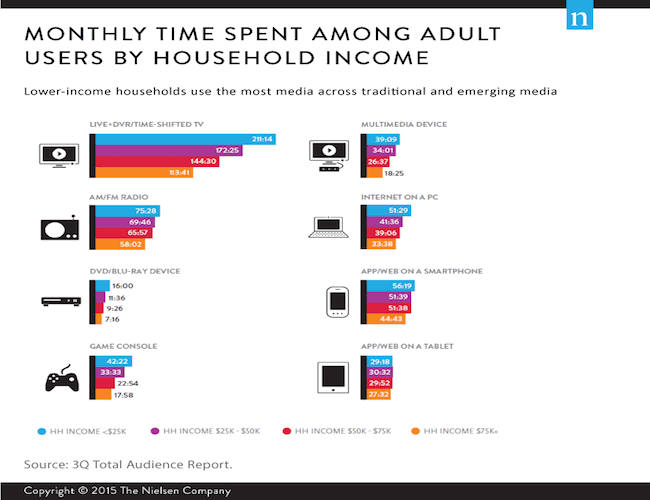Opinion from Steve Ahern
I was at a conference last week where several speakers presented charts purporting to show that ‘radio listening’ was declining.
Then they went on to draw conclusions based on those wrong and misleading statistics.
If you search statistics about media consumption on the internet you will find hundreds of charts showing how ‘radio listening’ is drastically declining and internet and smart phone usage is growing. Some are propagated by statistical analysis firms (sometimes associated with digital advertising organisations), while others are put out by reputable survey companies that should know better.
Showing statistics that use the definition of radio as a traditional radio hardware device are now no longer relevant. Radio is the business we are in, it is no longer just the device we listen on.
If you measure radio listening based on radio device usage, of course the stats will show radio listening as declining. But people are no longer just listening to radio on traditional radio receiver devices. They are listening to radio on streams via the radio station’s webpage, on smartphones through aggregators such as TuneIn, RadioPlayer and RadioApp, and they are listening through individual radio station apps.
Surely all of this is ‘radio listening’ too. Perhaps we should call it ‘radio station listening’ to help define it more clearly.
Why are we still accepting old methodology that is clearly no longer relevant?
When I see charts like the ones below, I want to dive deeper into the smartphone and/or internet categories to find out how much of that consumption is radio listening (ie, listening to a radio station).



To those who are still presenting charts like these, stop it. Just stop it!
When I see charts like these, I want to move the component of radio listening consumption to the radio column, increasing radio and decreasing the internet or smartphone columns. Only then will I really know how much listening to radio stations is going on in comparison to other consumption, via device agnostic reporting.

Radio ratings measurement systems will be seen as obsolete if they do not tell us (and our advertisers) how many people are listening to our radio stations and for how long they are listening, on any device.
Australia has moved forward on this issue with its Share of Audio and Infinite Dial studies. In Britain the RAJAR MIDAS research is similarly on the right track, by focusing on listening not device.
But elsewhere around the world and on the internet, out of date methodologies are still around.
Yes, I know it is difficult to combine all the different research methods, definitions of listening and device studies together in one single currency, but not presenting real listening figures is a disadvantage to the world radio industry.
Radio associations around the world need to be having tough conversations with their measurement companies to develop the right answers to this issue, so they are measuring real radio listening and presenting that data in a way that actually reflects what is happening, not an outdated device-based measurement currency that now misrepresents real listening.
Listening to devices called radios is no longer the modern reality of the radio industry. Tell me how many people are listening to my radio station and how long they are listening, on any platform.

In the future, I look forward to seeing charts giving me the total number of radio station listeners, broken down by platforms and compared with other platforms, or cluster bar graphs that show the total radio listening next to total television, newspapers, apps, etc.
In an editorial at the beginning of 2018, I suggested that this should be one of the priorities for the world radio industry this year. I still hold that view. While misleading old-fashioned charts like the ones above continue to be used, there is still much work to be done.
About the Author
 Steve is the founding editor of this website.
Steve is the founding editor of this website.
He is a former broadcaster, programmer, senior executive and trainer who now runs his own company Ahern Media & Training Pty Ltd.
He is a regular writer and speaker about trends in media.

